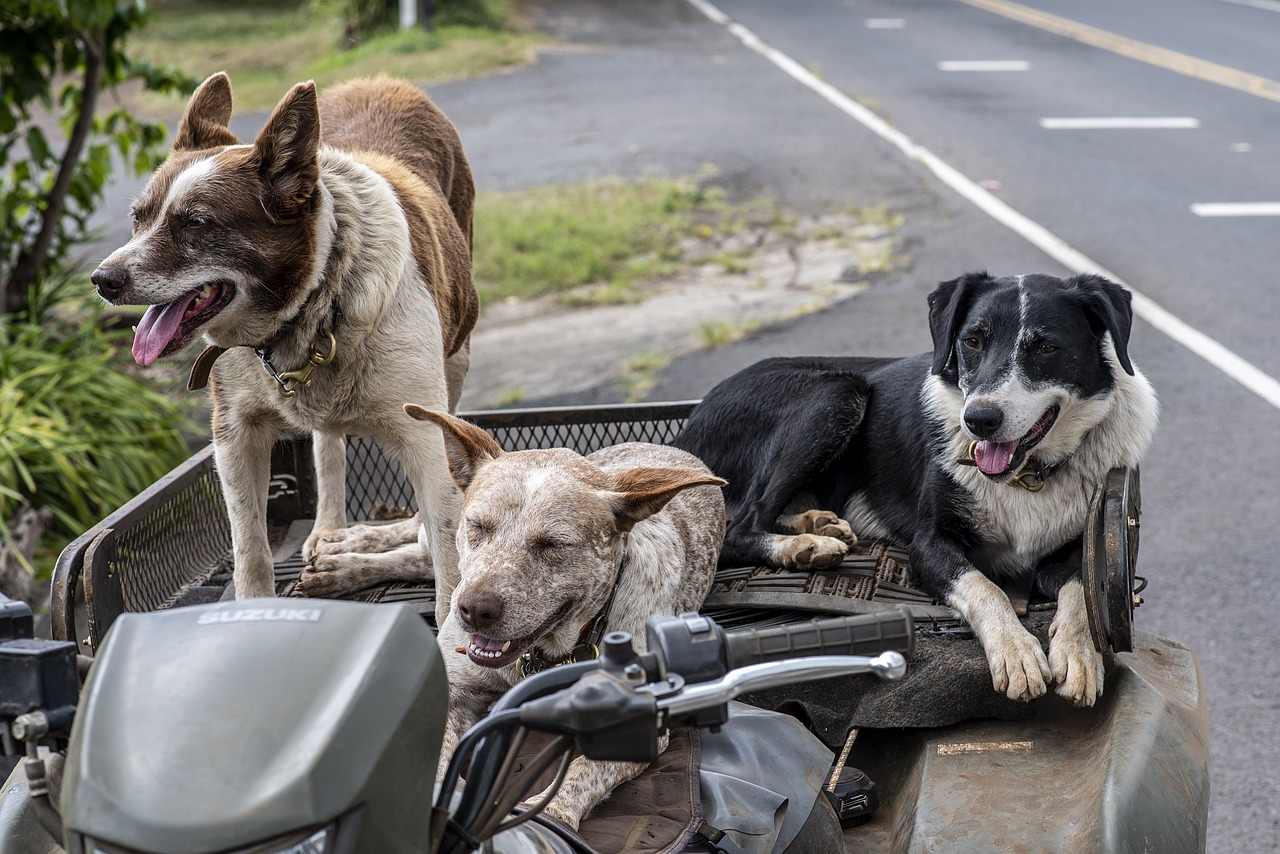A study conducted in 2017 by Scientific Reports revealed that dogs exhibit more expressive facial expressions when in the presence of humans compared to when there are no humans around. To investigate the dog’s response to food, the researchers conducted four scenarios:
- Paying attention to the dog while feeding it.
- Paying attention to the dog without giving it food.
- Giving the dog food without paying attention.
- Not paying attention or eating.
By analyzing the facial muscles of 24 dogs, the researchers discovered that the subjects were more likely to show their tongues or raise their inner eyebrows when the human was facing them, regardless of whether food was visible or not.
One of the authors of the study stated that this finding contributes to the growing body of evidence suggesting that dogs are sensitive to human attention. However, it is still unclear whether these behaviors are intentional or indicate an understanding of human thoughts.
The authors also conducted another study to determine if humans actively choose dogs with youthful facial expressions when adopting. They found that domestic dogs who frequently raise their inner brows were adopted more quickly. These movements make their eyes appear larger and sadder, giving them the irresistible “puppy eyes” effect.
Interestingly, tail wagging and approaching the adopter did not strongly correlate with the speed of selection. On the contrary, the study revealed that the longer the duration of tail wagging, the lower the chances of being chosen.
The domesticated dog is known for its remarkable character and loyalty. As they are often referred to as “man’s best friend,” it is important for us to understand and respond to the ever-changing moods expressed through our pets’ faces. As this study shows, their expressions may be specifically intended for us.

